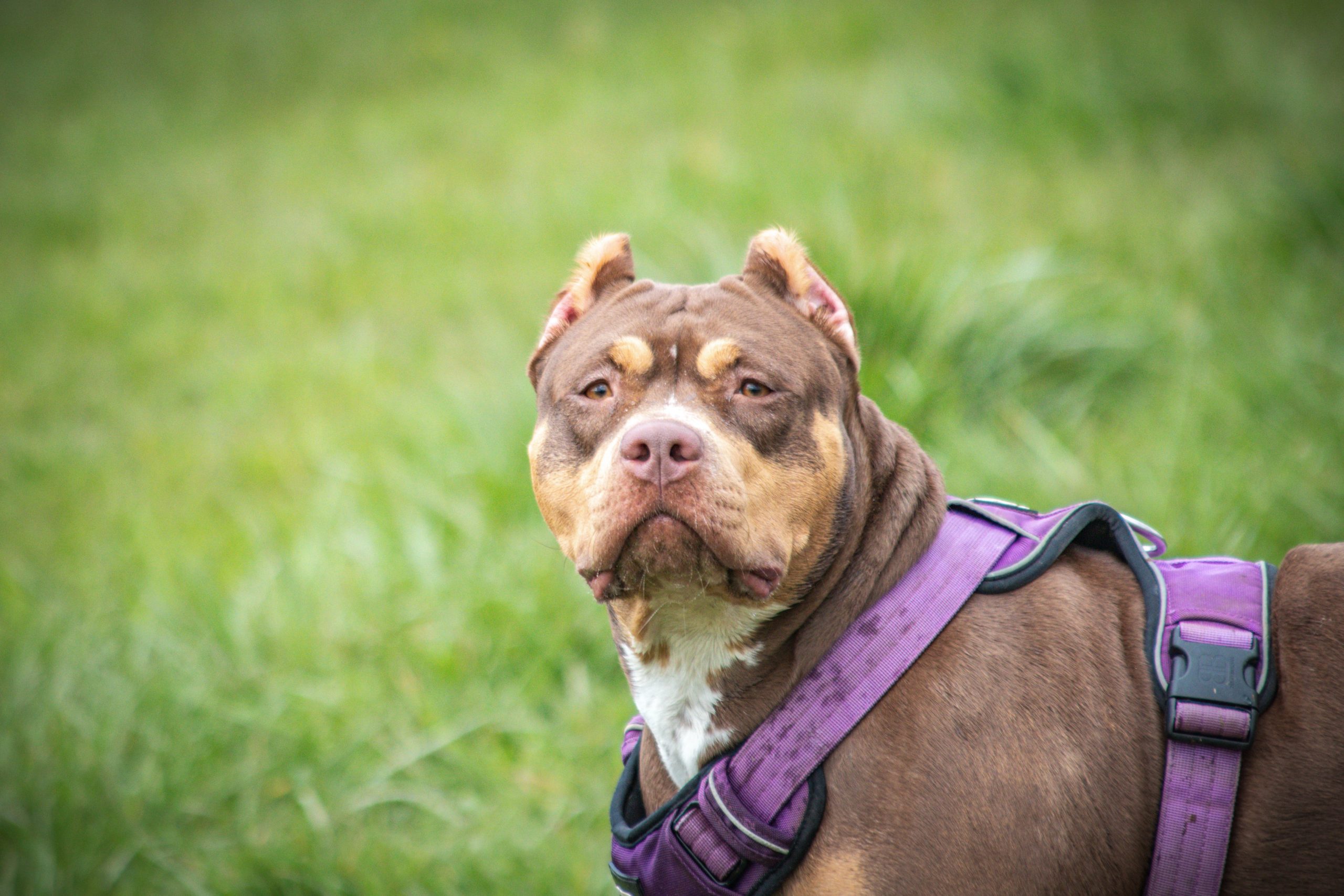Owning a Pit Bull is a commitment that encompasses both emotional and financial responsibilities. As of 2023, the cost of living and pet care has seen notable changes, affecting how much one might expect to spend on their canine companion monthly. In this article, we’ll explore the key areas of expenditure for Pit Bull owners, providing a detailed estimate of monthly costs.
1. Food
Pit Bulls are robust, active dogs with considerable muscle mass, necessitating a diet that supports their energy levels and health. High-quality dog food that is rich in protein is essential. The monthly cost for food will depend on the brand, ingredients, and the dog’s size and age. For an average adult Pit Bull, a 30-pound bag of premium dog food priced between $55 to $80 can suffice for a month, bringing the monthly food cost to approximately $55 – $80.
2. Treats
Treats are not just indulgences; they’re valuable for training and as dietary supplements. Allocating $20 – $30 a month for high-quality, nutritious treats would be sensible. This allows for daily treats and also accounts for variability in treat prices.
3. Veterinary Care
Regular veterinary care is vital to keep your Pit Bull in good health. Basic veterinary costs, including annual check-ups, vaccinations, heartworm prevention, and flea and tick prevention, can average out to $40 – $50 a month when distributed across the year. However, this does not include unforeseen illnesses or emergencies, which can significantly increase costs.
4. Toys
Toys are essential for mental stimulation and physical exercise, and Pit Bulls can be tough on their playthings. Durable toys are a must, and owners might spend $10 – $20 monthly to keep a fresh supply.
5. Accessories
Accessories like leashes, collars, beds, and bowls are more intermittent purchases, but budgeting $10 – $15 a month would cover replacements and new purchases over time.
6. Training
Training classes are advisable, especially for new Pit Bull owners. Group classes can range from $50 to $200 for a multi-week course, which, when averaged, could add $10 – $40 to your monthly costs.
7. Grooming
Pit Bulls have short fur, which minimizes grooming needs. Home grooming supplies and occasional professional services can average $10 a month.
8. Insurance
Pet insurance is an optional but recommended expense that can mitigate the financial impact of major health issues. A typical plan ranges from $30 to $50 per month for a Pit Bull.
9. Miscellaneous
Setting aside an emergency fund or miscellaneous category for unexpected expenses is wise. An additional $20 – $30 per month could help buffer against surprises.
Conclusion
The total monthly cost of owning a Pit Bull can vary significantly based on the aforementioned factors. When tallied, the estimated monthly expenditure for a Pit Bull in 2023 could range from approximately $195 to $335, excluding any unforeseen expenses or emergencies.
Frequently Asked Questions About The Cost of Owning A Pit Bull
1. How much does it cost to feed a Pit Bull each month?
The monthly food cost for a Pit Bull typically ranges between $55 to $80. This varies based on the dog’s size, age, and the quality of food you choose. High-protein and premium brands tend to be at the higher end of this price range.
2. Are Pit Bulls expensive to groom?
Pit Bulls are relatively low-maintenance when it comes to grooming, costing about $10 a month on average. Since they have short fur, they require minimal grooming supplies and occasional professional grooming services can be used as needed.
3. What are the usual veterinary costs for a Pit Bull?
Basic veterinary care for a Pit Bull averaged monthly, can be around $40 to $50. This includes regular check-ups, vaccinations, and preventative medications. However, unexpected illnesses or emergencies can increase these costs significantly.
4. How much should I budget for Pit Bull toys and accessories?
Budgeting $10 to $20 monthly for toys is advisable, as Pit Bulls need durable toys suitable for their active play style. Accessories like leashes and beds may add an additional $10 to $15 per month to the budget.
5. What is the cost of Pit Bull training classes?
For Pit Bull training classes, you can expect to spend between $50 to $200 for a course, which averages out to an additional $10 to $40 per month. Training is an essential part of Pit Bull ownership and can greatly benefit both the dog and owner.
6. Is pet insurance necessary for a Pit Bull, and what does it cost?
While not mandatory, pet insurance is highly recommended for Pit Bulls and can cost between $30 to $50 per month. It can help cover unexpected medical expenses, which can be costly without insurance.
7. Do Pit Bulls require special dietary food that increases the monthly cost?
Pit Bulls do not necessarily require special dietary food, but they do benefit from high-quality, protein-rich diets. The cost can be higher than regular dog food, but it contributes to the overall health and well-being of the dog.
8. How often do Pit Bulls need to visit the vet?
Pit Bulls should have at least one annual check-up with additional visits as needed for vaccinations or health concerns. Costs can vary, but owners should plan for at least 1-2 vet visits per year outside of regular care.
9. What additional costs should I consider for a Pit Bull?
Additional costs for a Pit Bull include treats, emergency vet visits, and replacement of worn-out accessories. An emergency fund of $20 to $30 per month can help cover these unexpected expenses.
10. How can I minimize the costs of owning a Pit Bull?
To minimize costs, consider purchasing food and supplies in bulk, keep up with regular vet visits to prevent health issues, and invest in training to avoid costly behavioral problems. Additionally, choosing a pet insurance plan can save money in the long run by covering major health expenses.

 Toledo, United States.
Toledo, United States.
